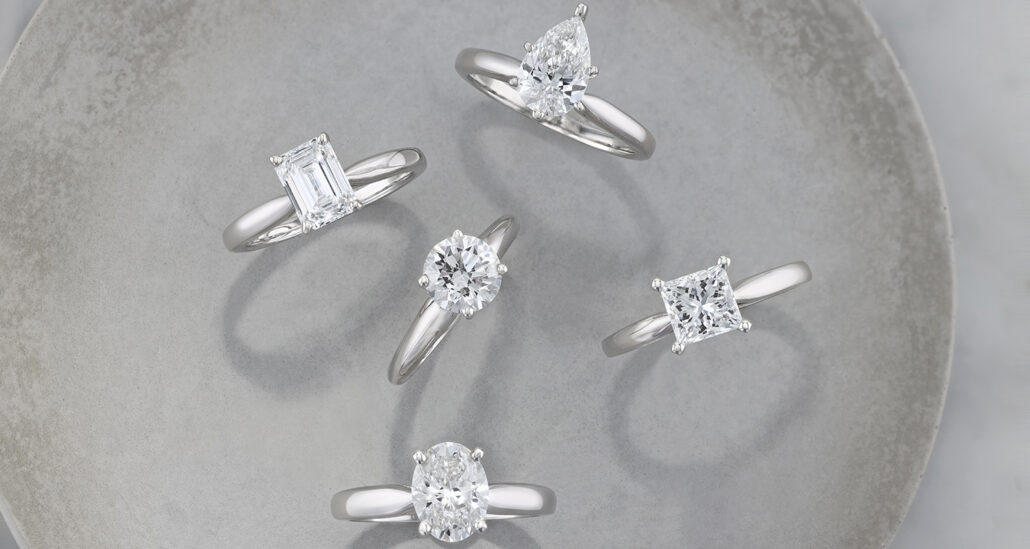Deciding on the cut of a diamond is likely one of the first decisions a bride or groom makes when picking out an engagement ring. While many think that choosing a diamond’s cut is simply deciding on the shape you like best, whether it be round, square, oval, etc., a lot more goes into the cut of a diamond. Ultimately, a diamond’s cut refers to how well a diamond’s facets interact with light. Of all the diamond 4Cs, cut is the most complex and technically challenging to analyze. Achieving the best cut for a diamond is reflected in the stone’s final beauty and value and is indicative of desirable visual effects like:
- Brightness: Internal and external white light reflected from a diamond
- Fire: The scattering of white light into all the colors of the rainbow
- Scintillation: The amount of sparkle a diamond produces and the pattern of light and dark areas caused by reflections within the diamond
Read on to learn more about ten of the most popular diamond cuts available today.
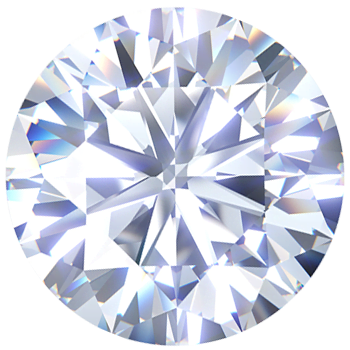
Round Cut Diamonds
Round brilliant cut diamonds are the most popular diamond shape, accounting for approximately 70% of diamonds sold. A round brilliant diamond will have 57 or 58 facets, generally 33 on top and 24 or 25 on the bottom. There may be either a point or a culet on the bottom. The cuts are designed to reflect and refract the incoming light for three attributes – brightness, fire, and scintillation – that give the diamond its beauty. The Gemological Institute of America provides a cut-quality grade for standard round brilliant diamonds that fall in the GIA D to Z color range. These grades range from Excellent to Poor.
Round diamonds typically cost 25% to 30% more than fancy-cut diamonds. The higher price is due to various factors – its popularity, its aesthetic beauty, and when cut, more of the stone is removed than in the fancy shapes, creating more waste material.
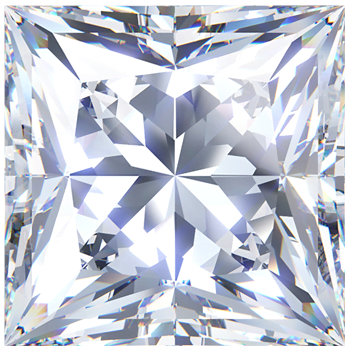
Princess Cut Diamonds
The second most popular diamond shape is the princess cut. The princess cut is considered a fancy shape and can be square or rectangular, depending on personal preference.
Princess-cut diamonds combine the brilliance of a round diamond with a contemporary shape and can look vintage or modern, depending on the setting. Perfectly square princess-cut diamonds can also be placed on an angle for a unique look.
A princess-cut diamond will typically have 58 facets to provide optimal beauty. Its cut can hide inclusions, but the color will be more noticeable due to the size of the table. Select a colorless diamond for the best appearance. A setting with prongs at the four corners is advisable to protect the diamond from chips and clothing from snags.
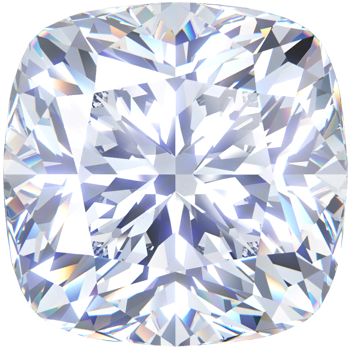
Cushion Cut Diamonds
With its square shape and rounded corners, cushion cut stones resemble a pillow. The cushion cut is a vintage cut that has been perfected and updated over 200 years to create a diamond with exceptional fire – the separation of white light into the spectrum of colors – and beauty.
In the updated versions of the cushion cut, there are usually 58 facets. The many facets hide inclusions, and the rounded corners are very stable. The cushion cut is frequently used with Fancy Color Diamonds to enhance their color.
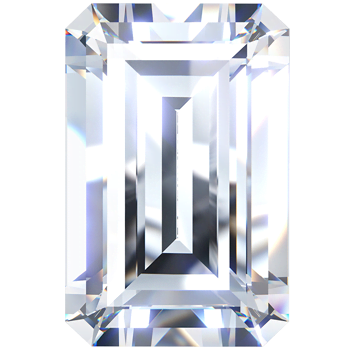
Emerald Cut Diamonds
As one of the first cuts used in jewelry, the emerald cut may be square or rectangular and possesses a timeless, elegant beauty. The square or rectangular shape has beveled corners and 57 step-type facets set concentrically around the edges. The emerald cut is meant to showcase the clarity of the diamond, so it’s essential to select a diamond with little or no color and a VS1 or VS2 clarity grade. The emerald cut can also give the illusion of a larger stone with a smaller carat size.
Some say that looking into an emerald-cut diamond is like looking into a clear pool of water – it won’t blind you with its brilliance, but it will draw you in.
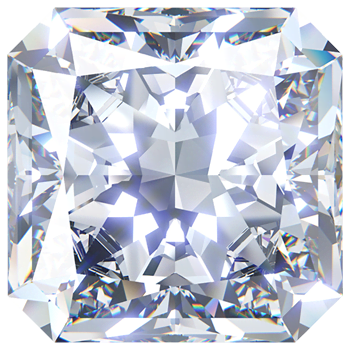
Radiant Cut Diamonds
A radiant-cut diamond can be square or rectangular and have an appearance that has been compared to cracked ice. Both unique and versatile, this shape can look vintage or modern.
A radiant diamond is cut with 70 facets, and the corners are trimmed off. The many facets can hide inclusions and color variations easily, and the beveled edges make the stone more stable in the setting. Radiant cut stones are similar to a round cut diamond in brilliance and an emerald cut in shape.
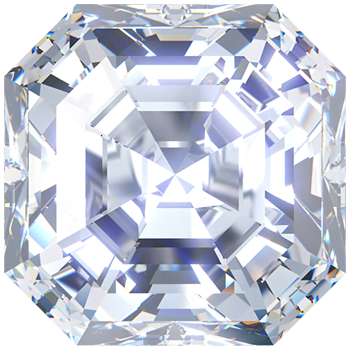
Asscher Cut Diamonds
The Asscher, or square emerald cut, was created in 1902 by Joseph Asscher. Asscher cut stones are square with beveled corners, which makes the Hall of Mirrors Effect. The 58 facets are cut in a step arrangement similar to an emerald cut. Asscher and emerald cut diamonds are not known for their brilliance, yet they have a depth and shine that’s all their own.
Asscher-cut diamonds can be more expensive than other diamonds because only the highest quality diamonds can be used. Asscher-cut stones cannot hide flaws or inclusions the way other cuts can.
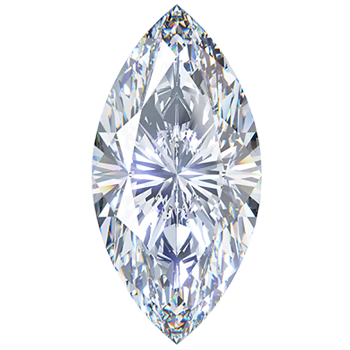
Marquise Cut Diamonds
A marquise cut diamond is an elongated oval with points at each end. The unique shape optimizes carat size, giving the illusion of a larger diamond. It is cut with 56 to 60 facets in a modified brilliant cut. When shopping for a marquise-cut diamond, you will want to look for a stone with perfect symmetry. On a solitaire design, special V-shaped prongs hold and protect the pointed ends, which can be susceptible to chipping or snagging clothing.
The marquise cut, also known as a navette which means little boat, has a romantic history. Louis XV of France commissioned the first marquise-shaped stone to honor Madame de Pompadour, his confidante, advisor, and mistress. She was known for her intellectual pursuits, political astuteness, patronage of the arts, and beauty. The king asked his jeweler to create a diamond shape to resemble the shape of her smile.
A bow tie effect can be prominent in oval, pear, marquise, and heart-shaped diamonds. This effect is a shadow caused by light passing through the diamond, creating an illusion of a black bow tie. The degree of the bow tie depends on the quality of the diamond’s cut. In general, look for a diamond with a less noticeable bow tie.
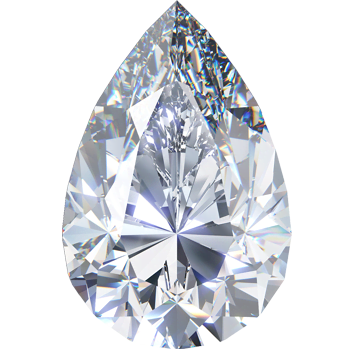
Pear Cut Diamonds
Also known as a teardrop or pendaloque, a pear-shaped diamond combines the round diamond’s brilliance with the marquise’s dramatic point. As a matter of preference, the ring can be worn with the point facing either toward or away from the wearer’s heart.
Pear-shaped diamonds are cut with 56 to 58 facets in a modified brilliant cut and are popular in various jewelry settings. Look for a pleasing, symmetrical shape and consistent color throughout the stone. Due to its elongated lines, a pear diamond can appear larger than its carat weight would indicate, and it can also mask inclusions.
A bow tie effect can be prominent in oval, pear, marquise, and heart-shaped diamonds. This effect is a shadow caused by light passing through the diamond, which creates an illusion of a black bow tie. The degree of the bow tie depends on the quality of the diamond’s cut. In general, look for a diamond with a less noticeable bow tie.
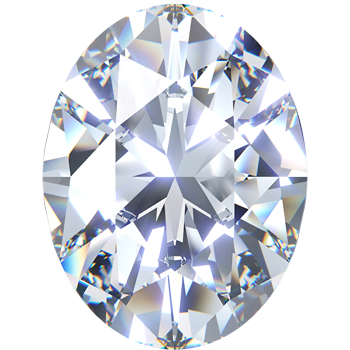
Oval Cut Diamonds
The elegant, elongated oval diamond shape gives the illusion of a larger stone and has a brilliance and fire similar to a round brilliant cut diamond. Oval diamonds feature 58 facets cut in a symmetrical pattern.
An oval diamond is often set as a solitaire or as a center stone with trillions on either side. While oval diamonds are most commonly set the tall way, more and more brides are choosing to set the stone on its side, so it points side to side rather than up and down.
A bow tie effect can be prominent in oval, pear, marquise, and heart-shaped diamonds. This effect is a shadow caused by light passing through the diamond, which creates an illusion of a black bow tie. The degree of the bow tie depends on the quality of the diamond’s cut. In general, look for a diamond with a less noticeable bow tie.
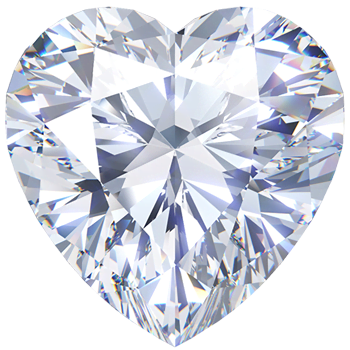
Heart Cut Diamonds
A heart-shaped diamond is the choice of a true romantic, with the heart-shaped stone traditionally being worn with the point directed toward the wearer’s heart.
The shape and cut are complex with heart-shaped stones. The sides must be symmetrical, and the point and split at the top of the heart should be distinct. A modified brilliant cut is used, and the best cuts avoid creating a shadow or bow-tie effect across the middle of the stone. Facets usually number either 56 or 58. Generally, larger stones of 1 to 2 carats work best to avoid losing the shape in the setting.
If you need help picking out the perfect diamond, one of our experts would be happy to assist you. Stop into our store or text or call 402.391.0400 during store hours to speak with one of our friendly and knowledgeable sales associates.
